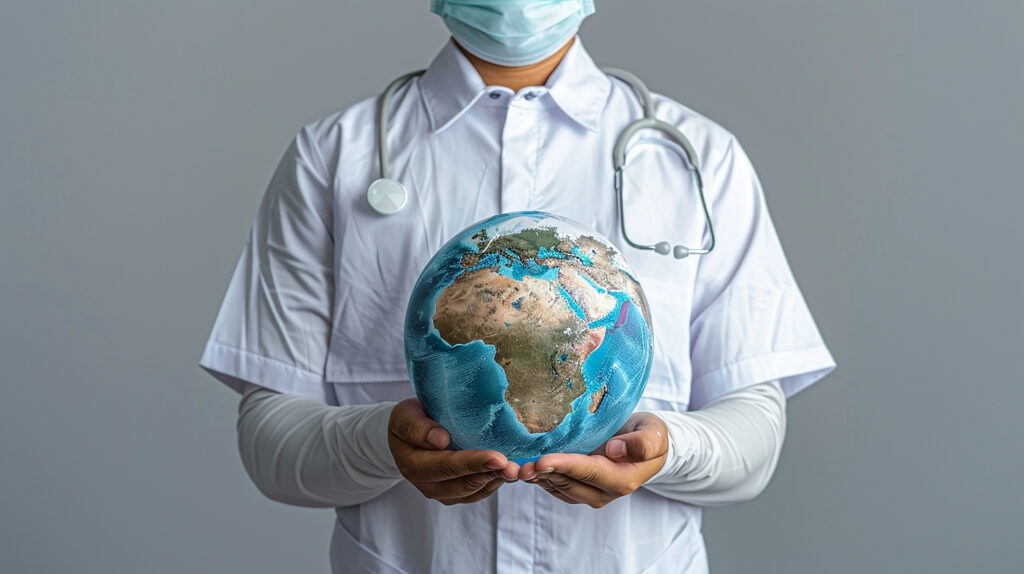Medical tourism is the practice of travelling abroad to receive medical treatment, ranging from elective procedures to complex surgeries. Over the past decade, this industry has experienced tremendous growth, driven by factors such as rising healthcare costs, the availability of specialized treatments, and the pursuit of high-quality care at a fraction of the price found in many developed nations. According to the Medical Tourism Association, the market size of medical tourism was valued at approximately $45 billion in 2019 and is expected to reach $100 billion by 2027. This expansion has far-reaching implications, impacting healthcare systems, economies, and patient outcomes globally.
The Economic Benefits for Host Countries
The economic impact of medical tourism on host countries is significant. Countries like Thailand, India, Mexico, and Turkey have successfully leveraged medical tourism to boost their economies. According to a report by Deloitte, Thailand’s medical tourism market was valued at over $4 billion in 2019, contributing to job creation and economic stimulation across various sectors, including healthcare, hospitality, and transport.
Bumrungrad International Hospital in Bangkok, one of the leading hospitals for medical tourists, treats over 500,000 international patients annually. These patients spend on medical services, lodging, food, and travel, benefiting not just the healthcare sector but also local businesses. The income generated supports thousands of jobs, contributing to local economies.
Strains on Local Healthcare Systems
While medical tourism can bring substantial economic benefits, it also poses challenges for local healthcare systems. The influx of international patients can put pressure on local healthcare resources, potentially leading to longer wait times and reduced availability of services for local citizens. In some countries, the prioritization of medical tourists over local patients raises ethical concerns regarding equitable healthcare access.
For example, countries with robust medical tourism industries might face challenges in allocating limited healthcare resources to meet the needs of their own citizens. Malaysia and India, known for their well-established medical tourism markets, have faced scrutiny over whether their local populations are receiving adequate care amidst the surge of international patients.
The Source Countries: A Double-Edged Sword
For patients travelling abroad, the cost savings can be substantial. For instance, a typical knee replacement in the U.S. can cost anywhere from $30,000 to $50,000, while the same procedure in Mexico can cost between $10,000 and $15,000. These price differences are one of the main drivers of medical tourism. However, this trend highlights the broader issue of healthcare access and affordability in source countries. The high costs of medical care in countries like the United States often push patients to seek affordable options abroad, revealing systemic issues within their own healthcare systems.
Ensuring Quality and Safety
The safety and quality of care are paramount for medical tourists. Accreditation from bodies such as the Joint Commission International (JCI) helps patients identify hospitals that meet international safety and quality standards. Top-tier hospitals in popular destinations, such as Singapore’s National University Hospital and Turkey’s Acibadem Healthcare Group, are known for their high standards, but patients must be diligent in their research. The World Health Organization (WHO) emphasizes that proper oversight and regulation are essential to prevent complications and maintain high-quality standards.
Conclusion
Medical tourism has undeniably impacted the global healthcare system, offering economic benefits to host countries and cost savings to patients. However, it also raises ethical and logistical challenges that need to be addressed. Balancing the economic advantages with the healthcare needs of local populations and ensuring the safety of medical tourists are crucial to sustainable growth in this sector. With proper regulations and investments in healthcare infrastructure, medical tourism can continue to benefit all stakeholders without compromising the quality and accessibility of healthcare services.

